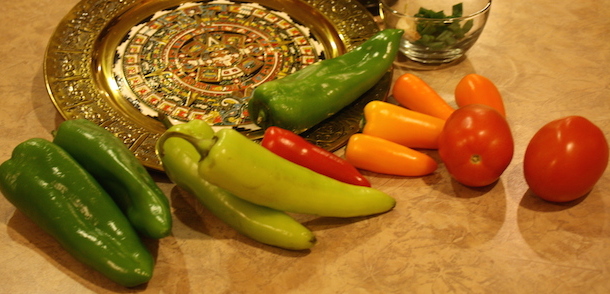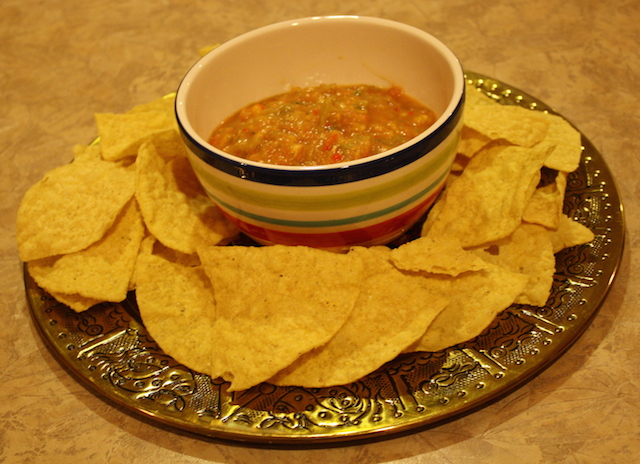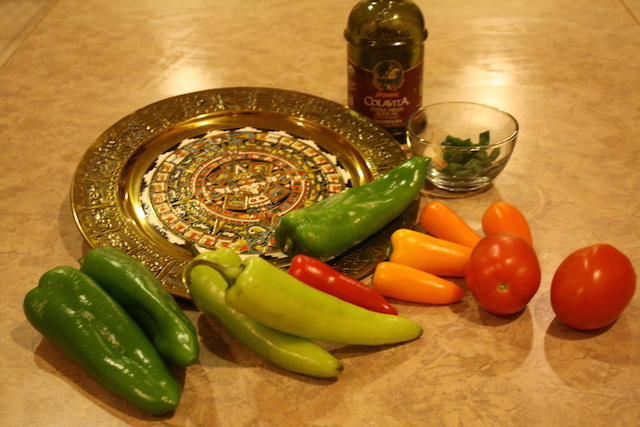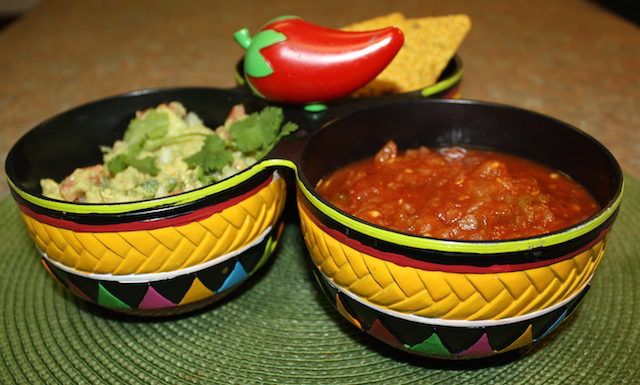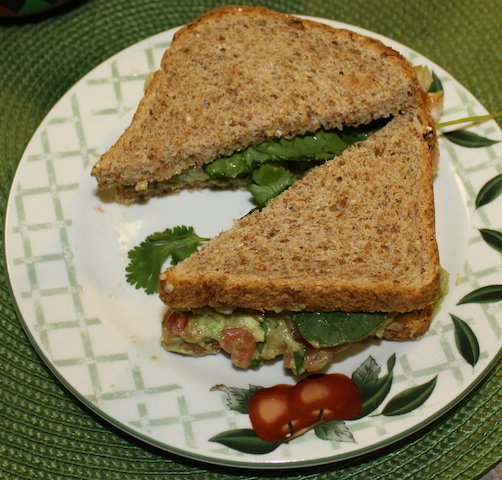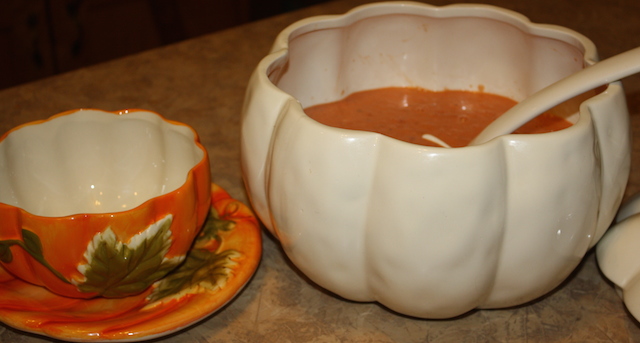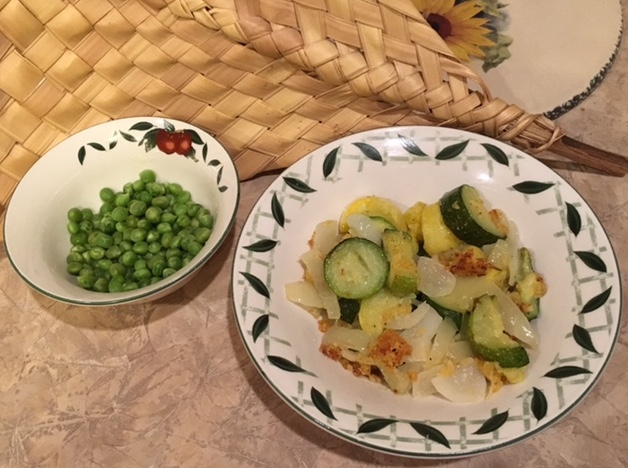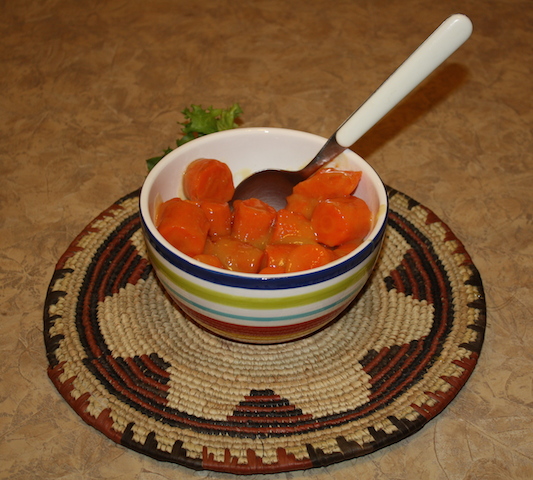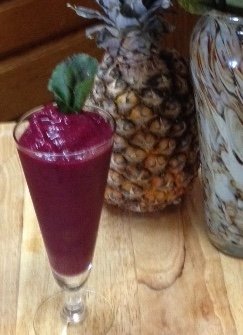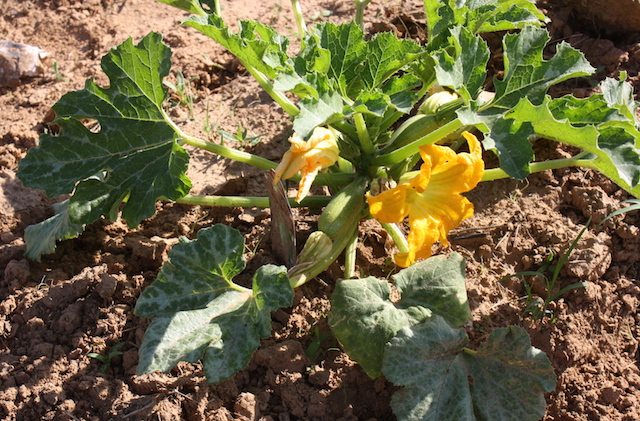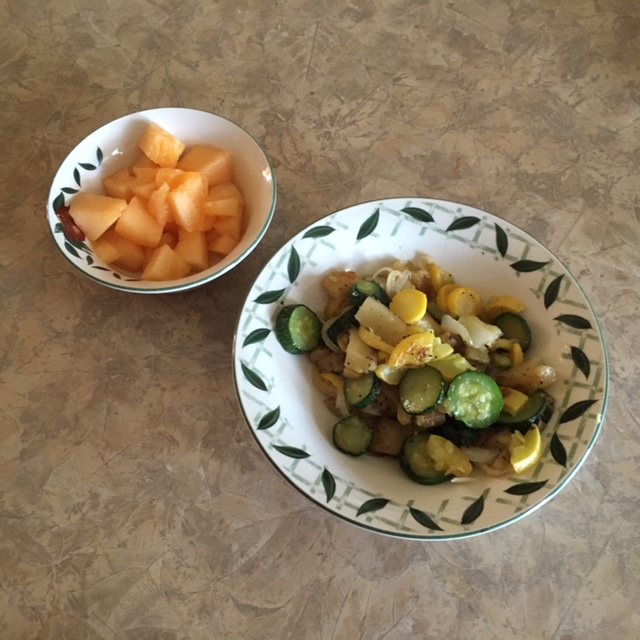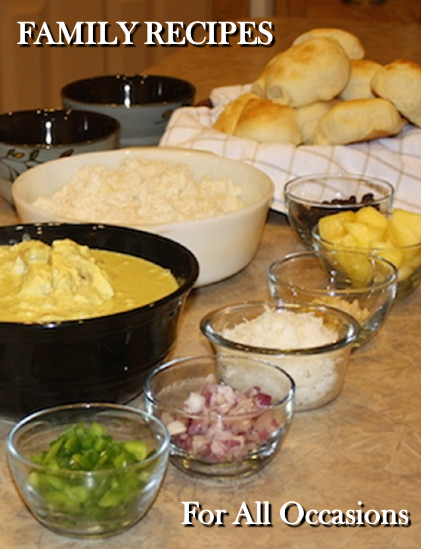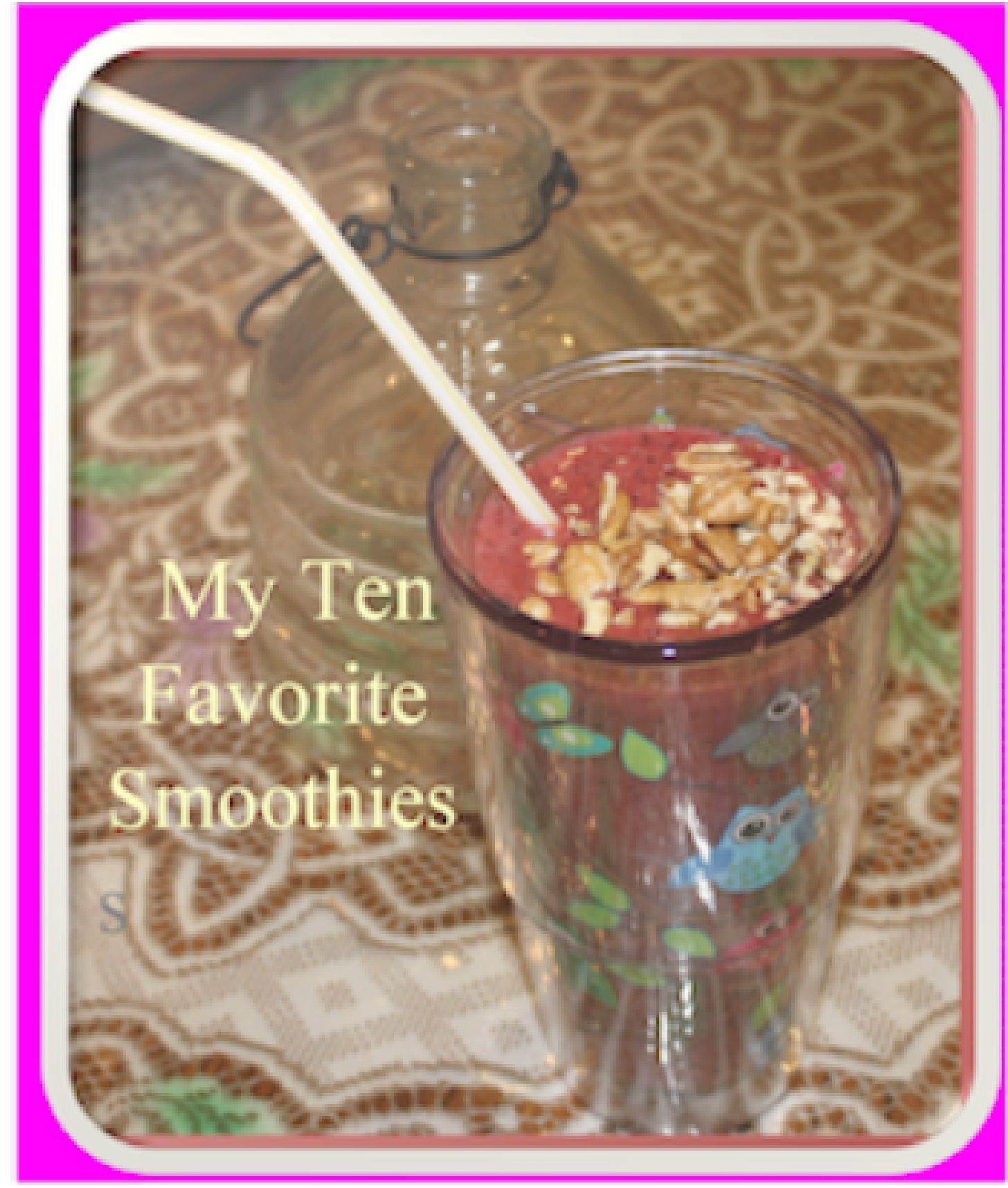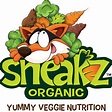vegetable nutrition
for lower cholesterol
and a healthy body and a clear mind
The following quote is so true.
"Life expectancy would grow by leaps and bounds if green vegetables smelled as good as bacon."
Doug Larson
Read more at http://www.brainyquote.com
When you were a child did you hate to eat your peas? Did they use Popeye to get you to eat your spinach. It is not clear why some children have an aversion to vegetables. I was one of them. I went to great lengths to pretend to eat vegetables. Now I wonder what I was thinking.
Vegetables, I now realize, are mostly yummy. I guess they were way back then too, but I didn't notice until later.
The key to children eating vegetables may be to start them young. Don't wait until they are older. A small child will not turn up his nose at any food if introduced to him while he is very young. If the whole family is eating something, the baby will want that too.
how many vegetables do we need to eat for health?
The USDA suggests that half of your plate should be filled with vegetables and fruits. They also recommend eating from each of the following groups each week:
- dark green vegetables
- red and orange vegetables
- beans and peas
- starchy vegetables
- other vegetables
Dark green vegetables
- broccoli - anti-iinflammatory - great source of fiber, Vitamin K and Vitamin C, folate, calcium and potassium. Fights cancer.
- dark leafy salad greens - these vegetables include kale, dark green lettuce and romaine
- cooking greens such as Kale, turnip greens, mustard greens, spinach, swiss chard and boo choy are common cooking greens.
Red and orange vegetables
- carrots
- corn
- squash such as summer and butternut
- pumpkin
- red and yellow peppers
- sweet potatoes
- rutabaga
There are more, but these are common ones. Red and orange vegetables add color and interest to your meal. The National Cancer Institute recommends eating some of these vegetables everyday, They contain lycopene which has been shown to be beneficial in the prevention of certain cancers. The USDA recommends 2 1/2 cups (for children) up to 5 1/2 cups (for men). The older a person gets, the more nutrients the body needs.
Red and yellow vegetables also add so many nutrients such as carotenoids, and have been shown to lower LDL cholesterol.
Beans and Peas
There are so many varieties of beans and peas. They are very high fiber and thus can be import an in a diet to lower cholesterol. Beans are a good source of protein. Some of my favorites are"
- black beans
- navy beans
- black-eyed-peas
- lima beans
- garbanzos
starchy vegetables
Starchy vegetable such as potatoes are higher in calories than the other types of vegetables so portion control is important. That being said, they are a good source of fiber, anti-oxidants, minerals and B vitamins.
A large salad and a small baked potato can be an enjoyable and healthy meal.
Other vegetables
- onions - imagine my surprise to find calcium lurking in my onions
- brussel sprouts
- cabbage
- cauliflower
- cucumbers
- eggplants
- celery
- green beans
- okra
The list goes on. There are so many health vegetables that it would take pages to list them
They are all full of nutrients and excellent choices to lower cholesterol and to fight cancer and kidney disease.
vegetable garden
Everyone can have some type of vegetable garden. If you live in the city in an apartment, you can grow a container garden on a patio, port or balcony. A few plants can yield plant of fresh vegetables.
Preparing vegetables for lower cholesterol
- thoroughly washed and used raw in salads and other dishes gives you the most benefit of the nutrients in vegetables. Crunchy, crispy, or chewy - all are delicious.
- Lightly steamed and eaten while still slightly firm is the second best preparation.
- Roasted vegetables (preferably at low temperatures) are tasty
- Stir fried vegetables using healthy oils can also be nutritions. Do not overcook.
These methods of preparation seem to retain the most vitamins and minerals in your vegetables.
why eat vegetables
- fiber - to keep your body working properly - to maintain a health weight and cholesterol.
- Easy to prepare - can be eaten raw or simply steamed or baked
- Add color and variety to your meal - vegetables come in many colors
- May help fight disease
- Add needed nutrients to your diet
Salsa Recipe
This salsa recipe has red, orange, and green peppers and tomatoes. It is colorful, healthy, and easy to fix.
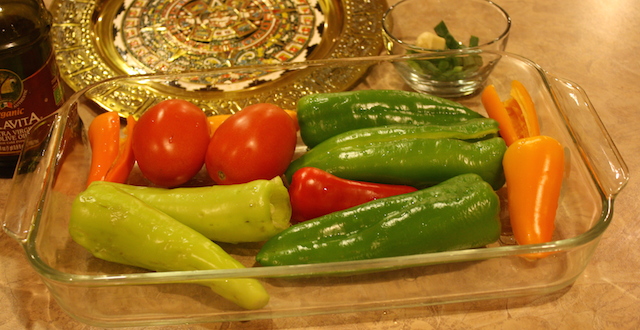 ready to roast
ready to roastRecipe for healthy salsa
These are the types of peppers that are in the salsa. If you like a little more heat, you should add a jalapeño or two. The color and amount of peppers you use can be varied to achieve different flavors and colors. These peppers are mild. You can make them moderate or spicy by adding hotter peppers.
- 3 green peppers (chili peppers are good)
- 2 banana peppers
- 4 small orange peppers
- 1 small red pepper
- 1 to 2 jalapeño peppers (optional, if you like a little heat in your salsa)
- 2 tomatoes
- 1/4 cup water
- 2 chopped green onions
- 1 clove minced garlic
- 1/4 teaspoon salt
- 1/4 to /12 teaspoon of cumin
- 1 Tablespoon olive oil
Wash the peppers and tomatoes and place then in an oven proof pan. add about 1/4 cup of water. I keep extra water in a teapot so it will be hot if I need to add more later. Then place pan in a 350º oven. Roast from 20 to 30 minutes. Do not let them get mushy. Remove from oven and cover the tomatoes and peppers until they are cool. The steam will continue to loosen the skin. Peel. Then place peppers, tomatoes, garlic, green onions and olive oil in the blender. Add spices. Pulse until the salsa is the consistency you like.
Note: You can also simmer the vegetables on top of the stove instead of roasting.
Another way to peel peppers
- I found a good video on peeling raw peppers. The website explains that peppers need to be peeled because the skin will stay tough even with cooking, and the skin is bitter and can impart that flavor into your food. Click here to view the video. If you use this method, you can peel the peppers first and then roast them for 20 to 30 minutes before making the salsa.
- The other way to peel a pepper is to broil it until the skin is dark turning occasionally--about 10 minutes. Then put it in a plastic bag or a covered bowl. Let it cool, and skin will come off easily.
Tomato Soup
This is a recipe that I saw Mr. Food make on tv a few years ago. I loved watching him. His recipes were always quick and easy. I used can tomatoes in this recipe, but I believe that fresh tomatoes from the garden could be used for a healthy soup. The label on Cento tomatoes, which I used, says that the only ingredients in the can are fresh vine ripened tomatoes. That sounded healthy enough to me.
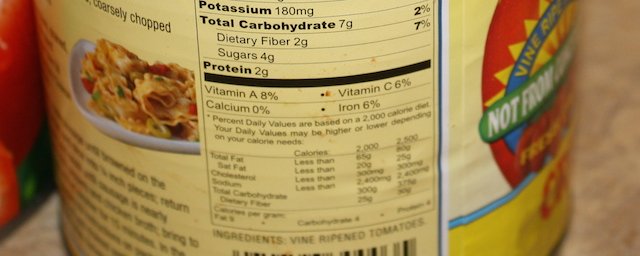 Crushed tomato label
Crushed tomato labelTomato Soup Recipe
You need:
2 (28 oz.) cans crushed tomatoes. Or use fresh tomatoes cut in half and grated on a box grater
1 T Sugar or sweetener of your choice
1 T freshly chopped fresh basil
1/4 to 1/2 teasoon garlic powder or use crushed fresh garlic
1 teaspoon salt
1 teaspoon pepper
2 cups heavy cream or healthy milk of your choice.
Add spices to the tomatoes and cook until boiling, stirring occasionally. Add cream and cook over low heat for about five minutes or until heated. Do not boil after adding cream. Serve with some toasted sprouted grain bread. Very yummy.
Okay, for those of you who like thinner soup, feel free to dilute it with milk. The second day the soup was thick, so we put equal parts of milk and soup together. It is just as good as a commercial tomato soup--better probably.
Ingredients:
Fresh Zucchini, yellow squash, and onions from the garden.
I used about 3/4 cup of cornmeal combined with 2 T of flour.
Method: Cut squash in bite size pieces and cut onions into ring or slices. Toss the vegetables in the flour mixture. Fry in olive oil until tender and the cornmeal is browned.
Season with salt, pepper and a little butter. You can also add cajun seasoning if you like your food spicy.
Prepare fresh green peas by steaming them until just tender. Add salt, pepper, and butter or whatever seasoning you like. I do use butter, but a very small amount. Butter is definitely optional.
